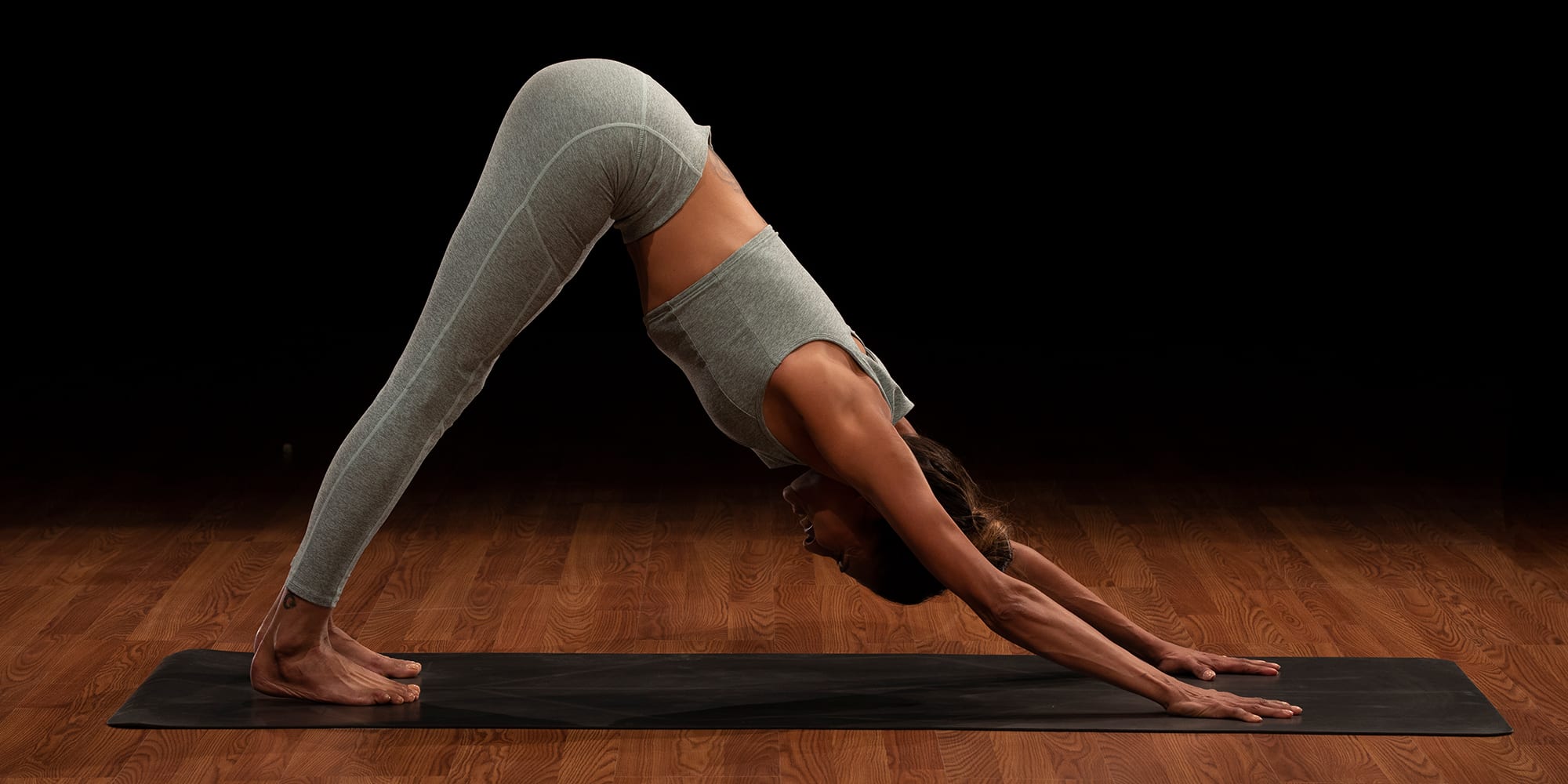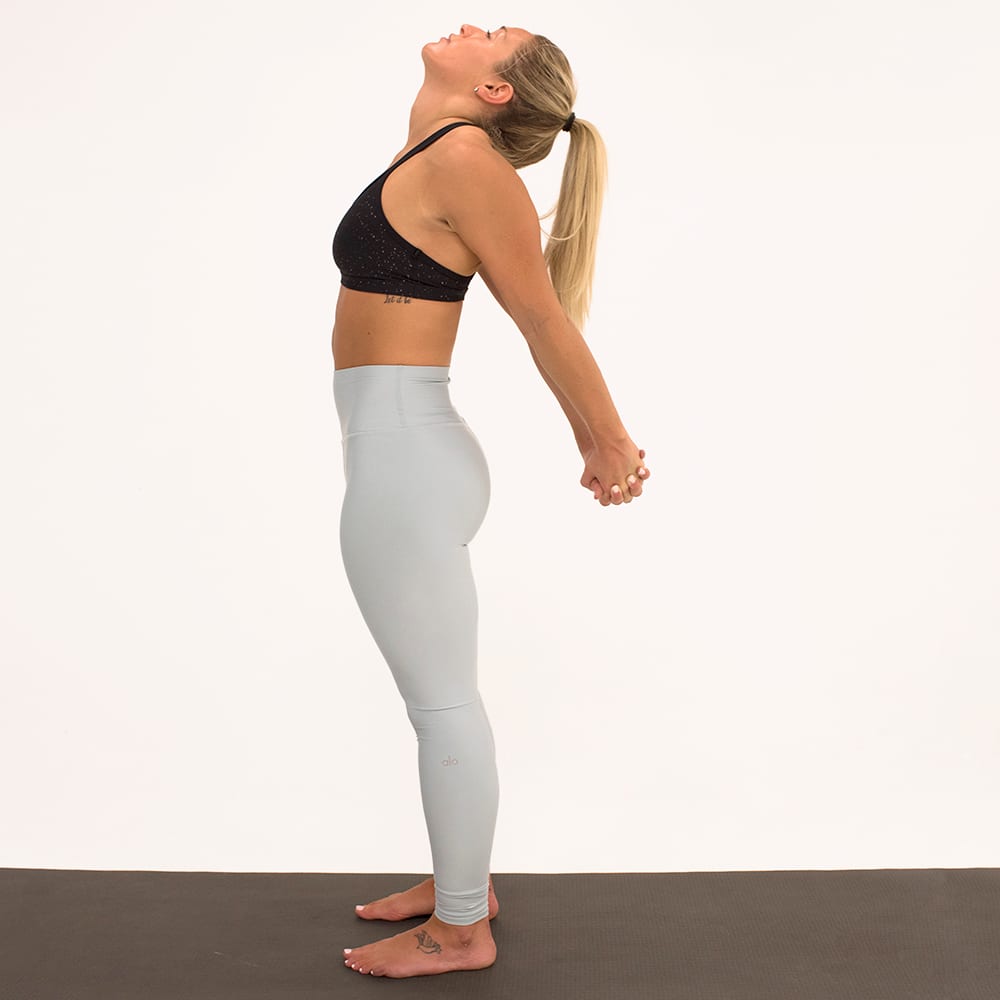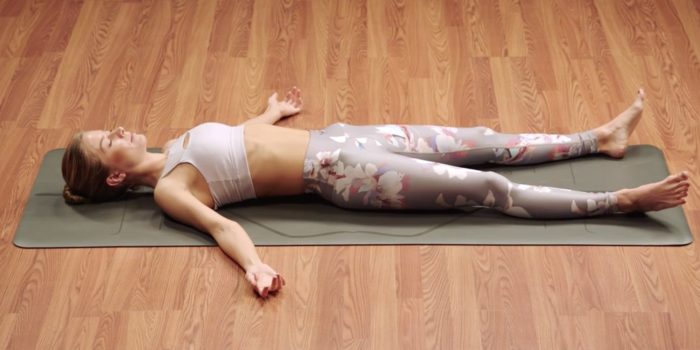Why You Should Do Yoga on Your Recovery Day
So, you’ve got your workout routine down to a science: strength training three days a week, cardio twice, mobility work during Netflix binges. You’re killing it.
But as a wise trainer once said, a workout is only as good as your capacity to recover from it. If you hit the gym hard and don’t give equal attention to rest, nutrition, sleep, and other recovery strategies, your workout won’t help you get any stronger, faster, or leaner.
Assuming the biggest components of workout recovery are in place — nutrition, stress management, and sleep — the most effective weapon in your arsenal may well be something that’s been around for thousands of years: yoga.
Why Is Recovery Important?
Practically from birth, we’re told that exercise is good for you. But it’s more accurate to say that the right dose of exercise is good for you: Too much too fast just breaks you down.
That’s why you need to rest and refuel between workouts. You have to give your body time to rebuild damaged muscle and connective tissue, relax and de-stress, and forge new neural connections so you’re stronger and faster next time you face the weights, the gym, the treadmill, or the track.
Depending on the type of exercise you do, certain activities (massage, cold immersion, light aerobic activity) hasten your body’s return to homeostasis — a balanced, low-stress state — so that you’re fully recovered next time you work out.
Yoga is a perfect example.
How Does Yoga Help Recovery?
Caveat: Some yoga classes can be tough. Do an hour of parallel-depth warrior poses, wheel poses, and inversions, and you’re not hastening recovery — you’re putting more stress on your body.
But other poses make for a perfect restorative practice. Here’s what an off-day yoga class or brief, post-workout restorative yoga session can do for you.
1. Improves blood flow
All forms of active recovery have this benefit in common: “Flushing your tissues with oxygenated blood — mimicking the pumping of the heart — is one of the best things you can do for yourself when you’re sore and tired,” says physical therapist Dr. John Rusin.
Directly after exercise, you’ll clear away metabolic byproducts that accumulate during hard exercise. On an off day, you’ll shuttle nutrients into damaged tissues that speed healing.
2. Reduces stress
Stress can grind your progress to a halt: By undermining sleep and digestion, it makes recovery from your workouts infinitely more difficult. But yoga is a reliable stress-buster, chilling you out and restoring your nervous system to a muscle-growing, tissue-healing parasympathetic state.
A review of research found that — in addition to enhancing strength and flexibility, and promoting respiratory and cardiovascular function — yoga lowers stress and anxiety and improves sleep.
And a study found that yoga practitioners rebound from stress more quickly — not just emotionally, but metabolically and physiologically — and enjoy lower stress levels overall than non-practitioners.
3. Increases mobility
Repetitive activity can cause muscles to shorten; sitting, for example, tightens the muscles on the fronts of your hips, while pushups do the same to those of the chest. Reduced joint mobility compromises alignment and joint mechanics, leading to decreased strength and performance and increased risk of injury.
All of this happens faster than you may think: “Even after just one workout, muscles can start to lose elasticity,” says Brent Laffoon, one of the world-class instructors of BODi’s Yoga52. “Over time, this can lead to a more limited range of motion in the joints they support.”
The solution: moving your joints through a full range of motion — using a few recovery poses — directly after exercise or between workouts.
Post-Workout Recovery in 4 Yoga Poses
Feeling wrecked after your workout? Finish with a relaxing asana or two. “Recovery poses are easy, non-taxing, and often on the floor,” says Yoga52 instructor Odette Hughes.
For best results, she says, focus on extending the muscles you worked in your most recent workout. After squats, try bridge pose, which stretches the quadriceps. After pushups, try child’s pose, which opens the chest and shoulders.
New to yoga? Try the recovery poses below any time for a hit of instant relaxation.
1. Downward-facing dog
- Get on all fours, knees directly below your hips, and wrists a couple of inches in front of your shoulders. Spread your fingers apart wide.
- Tuck your toes, press into your hands, and lift your hips up and back. Externally rotate your arms to avoid shrugging your shoulders, and straighten your arms without locking your elbows.
- Keep your legs as straight as possible, and your lower back slightly arched. Hold the pose for 60-120 seconds.
Tip: “Don’t try to get your heels to the floor,” says Steven Schilling, a Los Angeles-based yoga and martial-arts instructor. “Think instead of pushing your hamstrings back behind you while keeping your back in a natural arch.”
2. Seated figure 4
- Sit in a chair with your back straight and your chest up, feet flat on the floor in front of you.
- Lift your right foot off the floor and place the outside of your right ankle on your left knee.
- Strongly flex your right ankle.
- Place your left hand on your right knee and gently press downward. Hold for one to two minutes and repeat with the other leg.
Tip: “Keep thinking sit up as you focus on opening the left hip,” says Schilling.
3. Chest opener
- Stand upright with your feet hip-width apart.
- Interlace your fingers behind your back while keeping your chest lifted.
- Straighten your arms as you gaze toward the ceiling, and hold for 60 seconds.
Tip: “Squeeze your shoulder blades together and lift your chest,” says Schilling. “Don’t push your head forward.”
4. Savasana
- Lie flat on your back, relaxing fully into the floor.
- Spread your arms out away from your torso, and turn your palms face up. Separate your feet to hip width or greater.
- Close your eyes, relax your jaw, and breathe silently, focusing as specifically as possible on how breath subtly moves you from head to toe: the gentle rising and falling of the chest and abdomen, the subtle movements in the face, shoulders, arms, and hips.
Tip: “For a lot of hard-charging exercisers, this is the hardest pose,” says Schilling. If that’s the case for you, stay there for 60 seconds and work your way up. Spend a full five minutes in the pose and you’ll get up feeling like a new person.
Disclaimer: all images are owned and copyright by their respective owners and website (www.beachbodyondemand.com) and “https://madcity.fitness/blog” is for news, information, product news and reviews.















